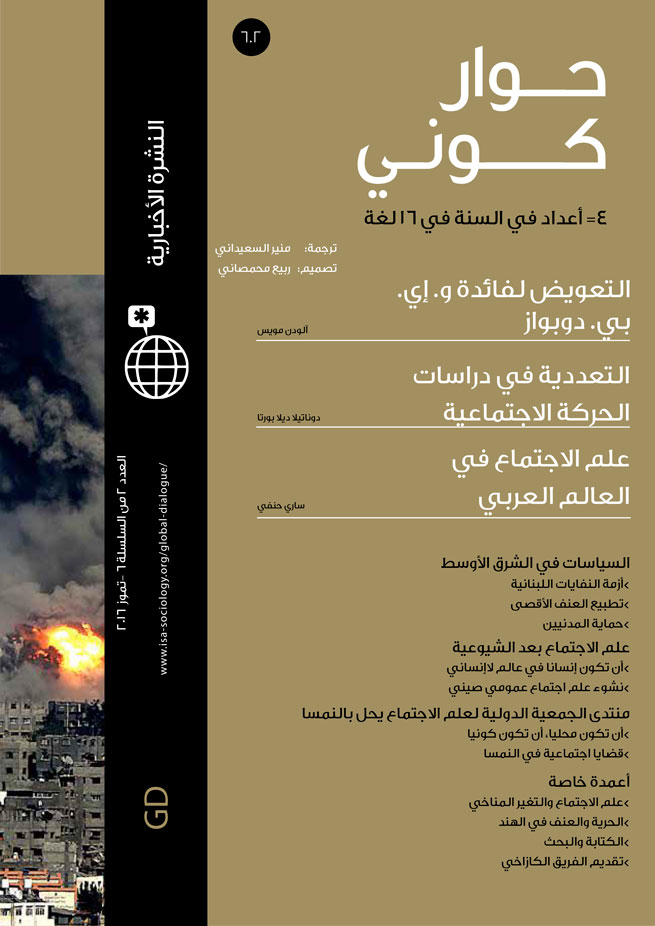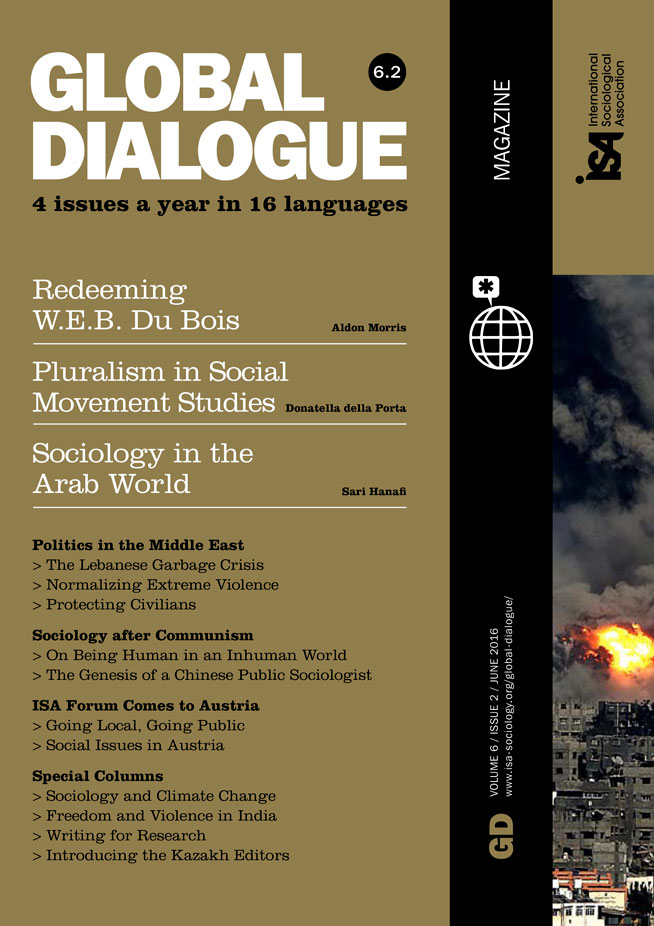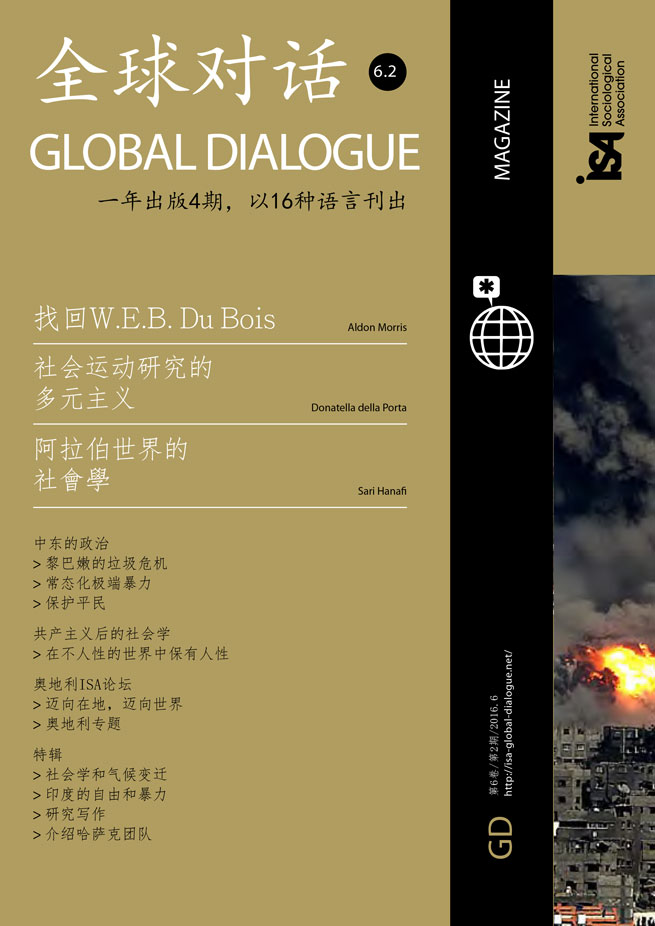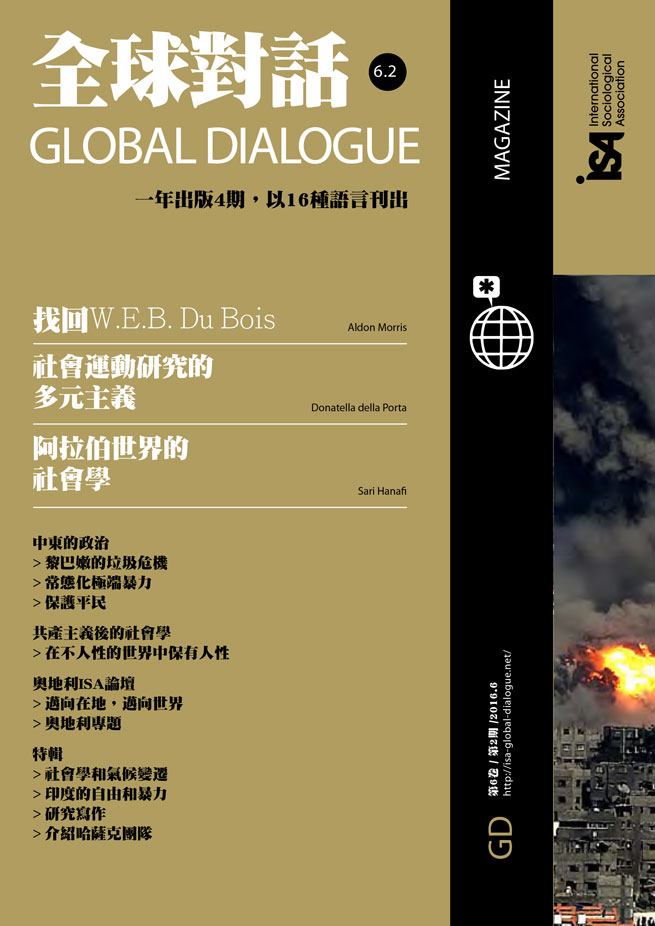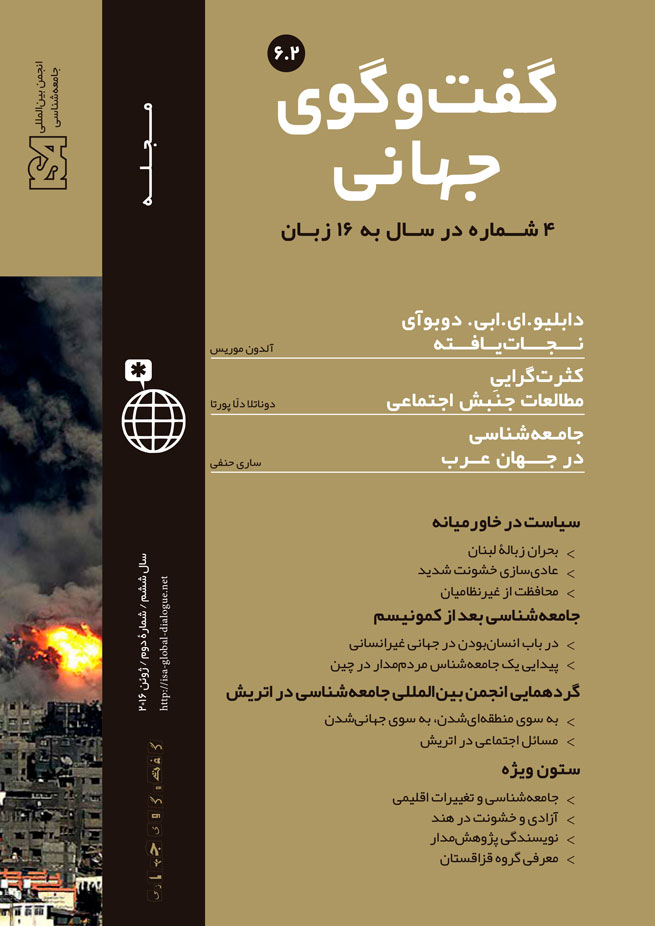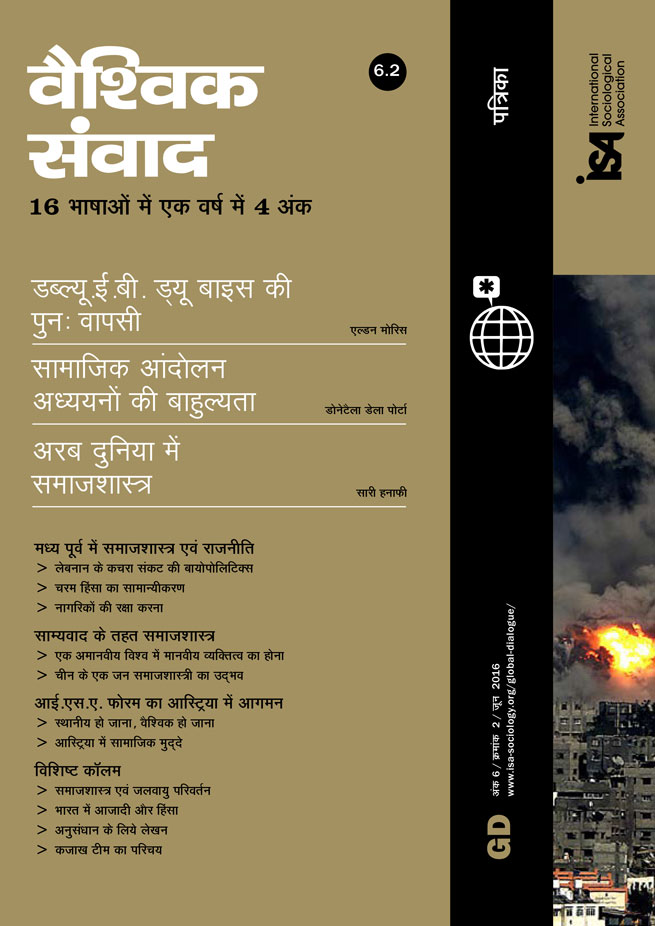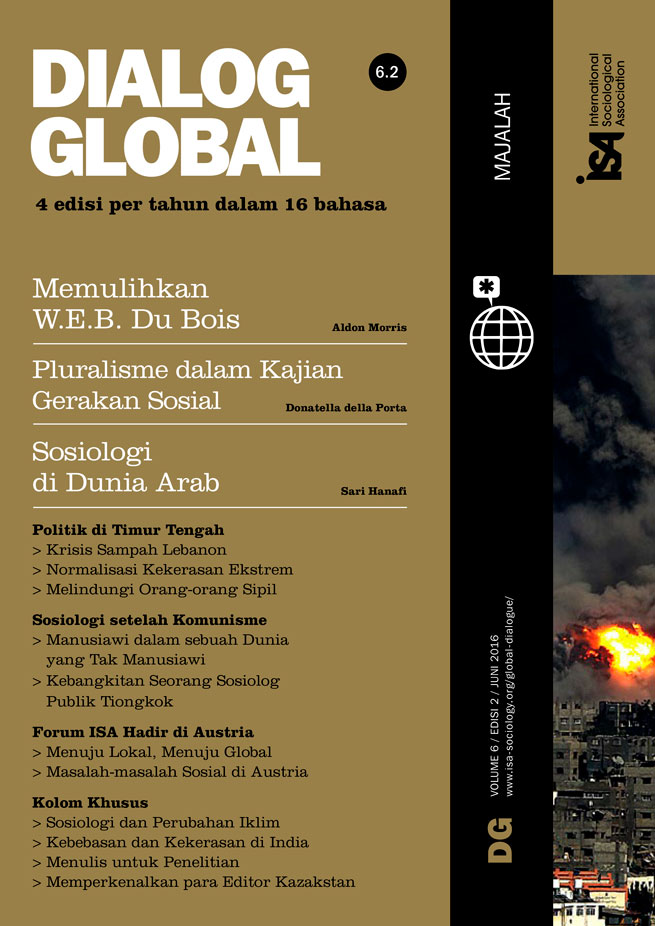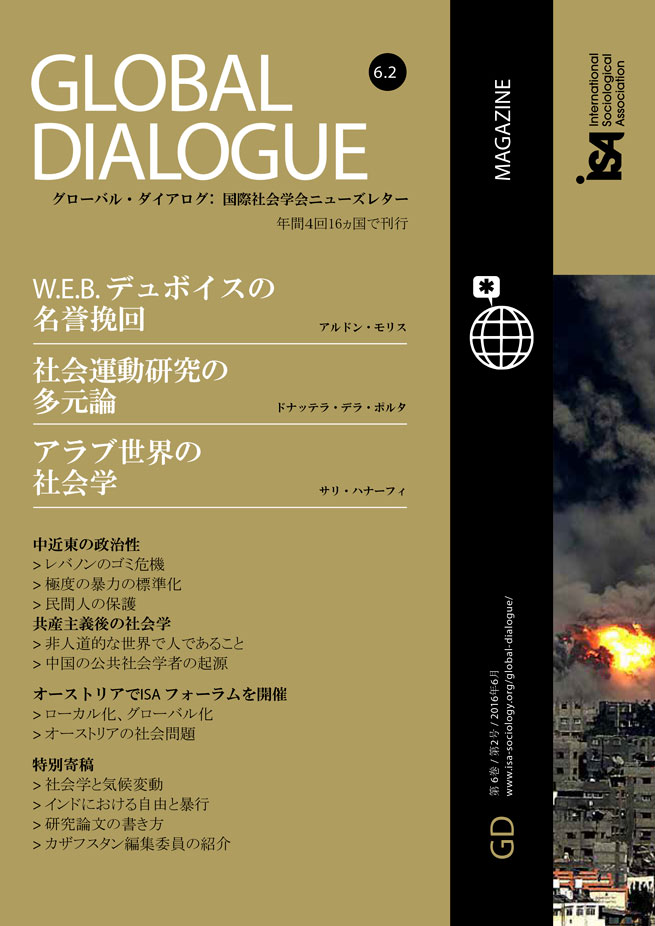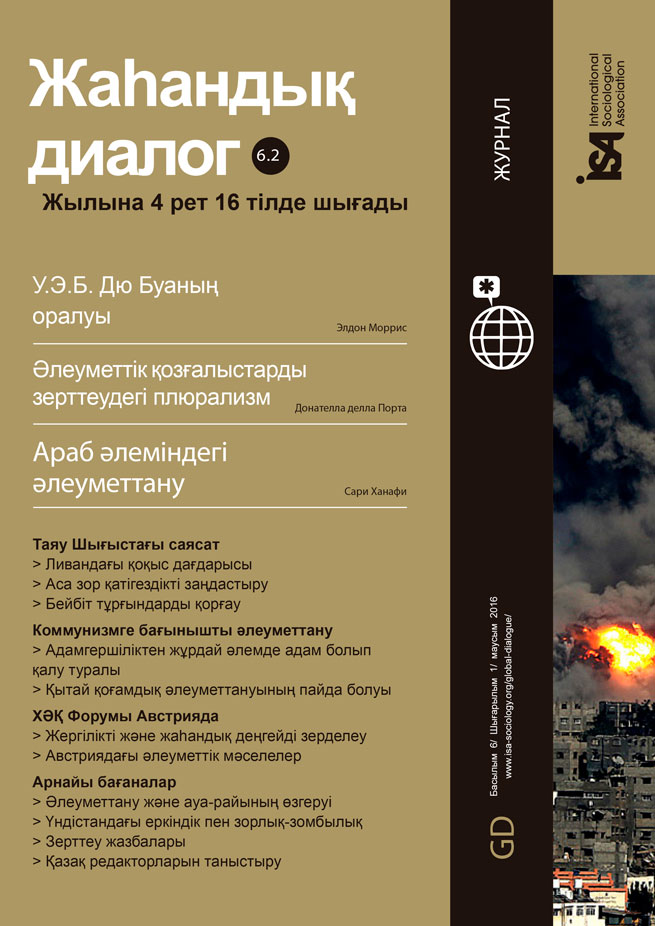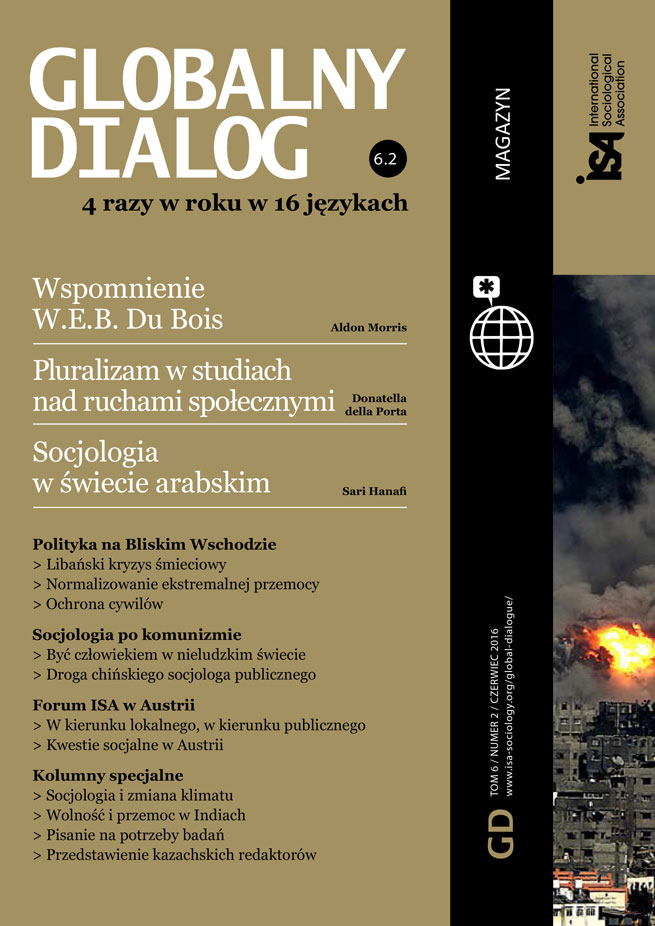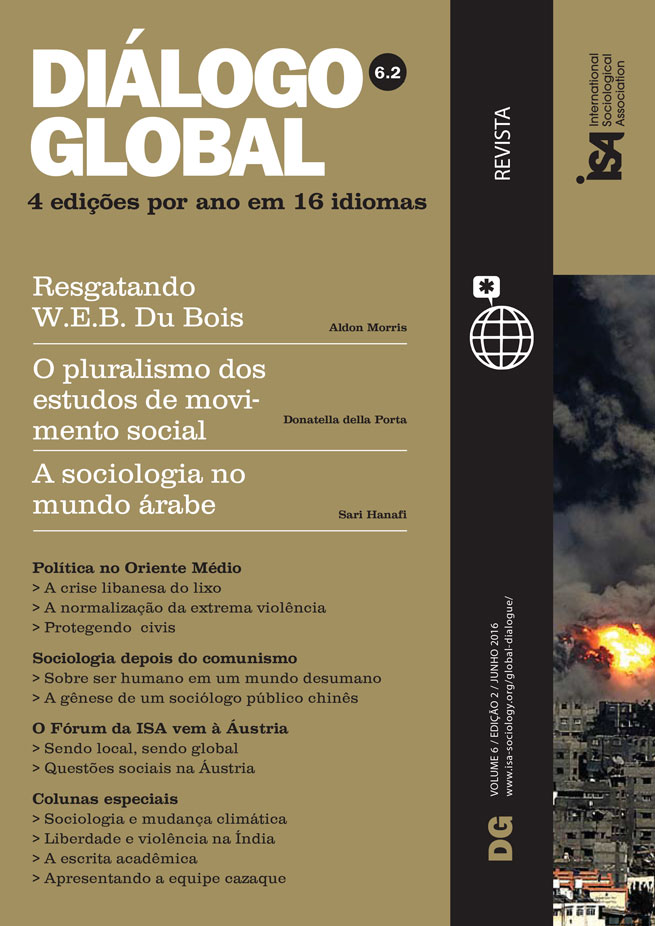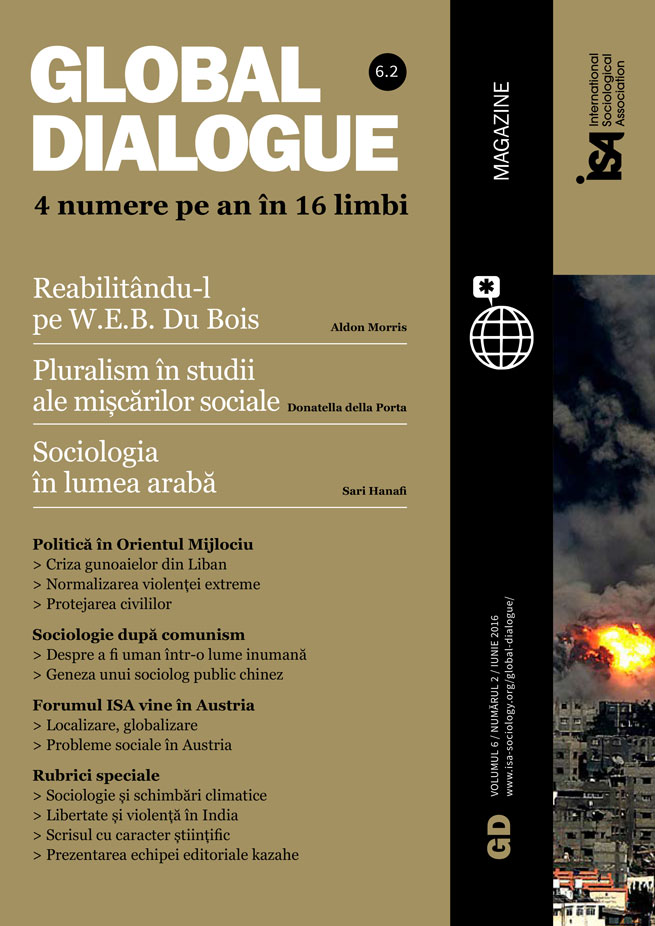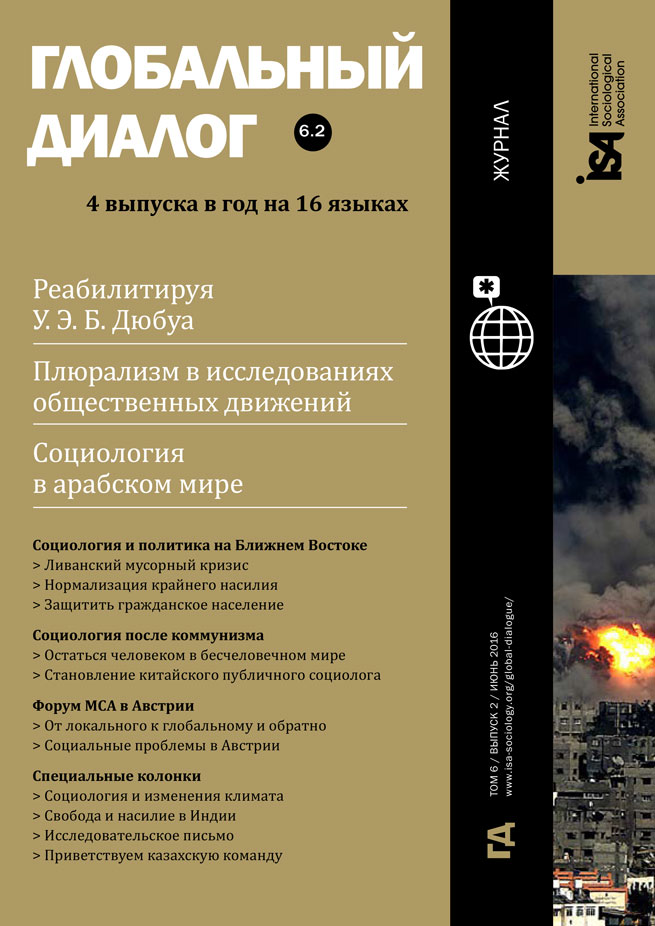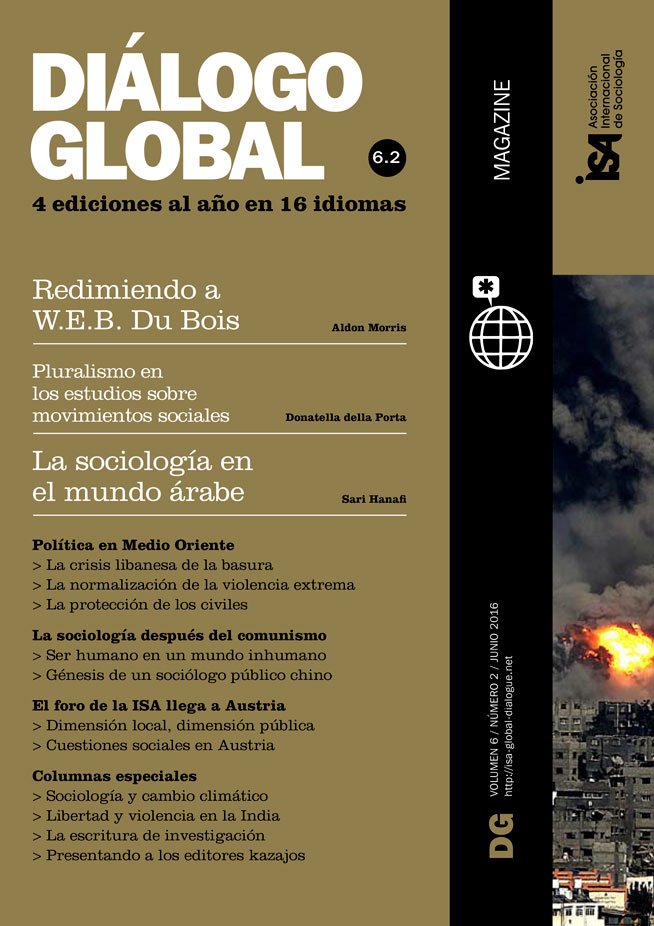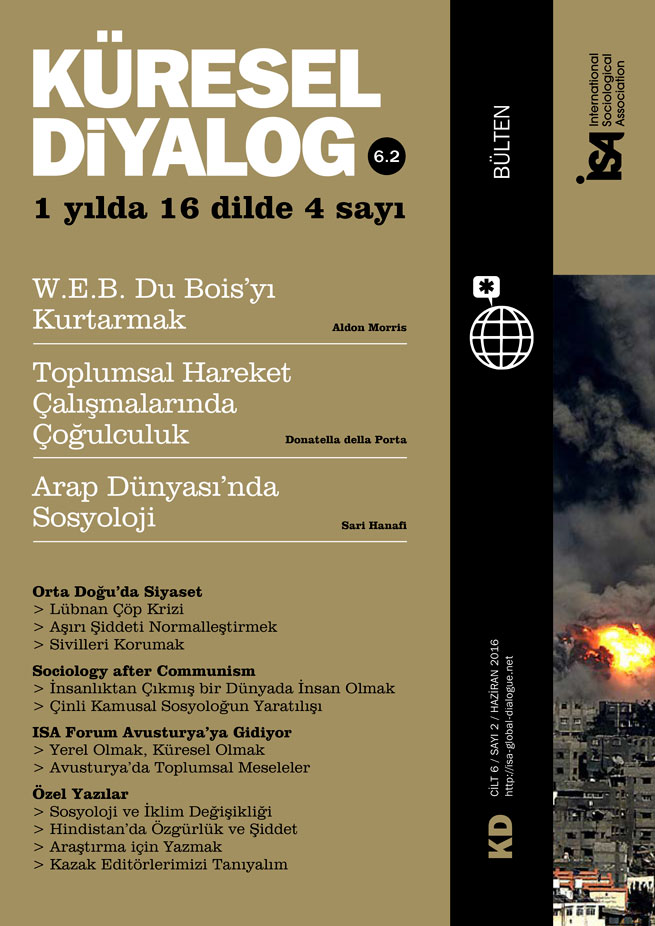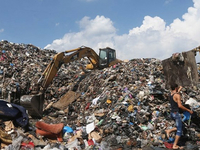Normalizing Extreme Violence: The Israeli Case
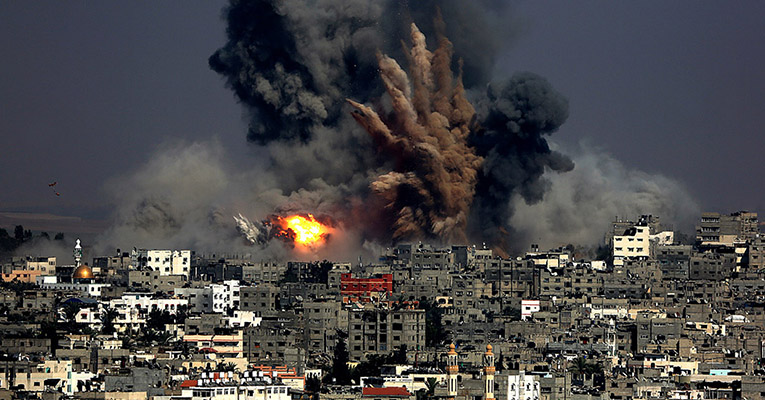
June 09, 2016
On February 15, 2016, Amitai Etzioni, sociologist and professor at George Washington University, published an op-ed in Israel’s Ha’aretz titled “Should Israel Consider Using Devastating Weapons Against Hezbollah Missiles?”[1] Quoting, first, an unnamed Israeli official who claimed that Hezbollah has 100,000 missiles which pose a major security threat, Etzioni asserts that most of these missiles are located in private homes, citing Israel’s chief of staff. Sending Israeli ground forces to destroy the missiles “would very likely result in many Israeli casualties – as well as Lebanese civilians,” Etzioni suggests; another option he discusses involves using Fuel-Air Explosives (FAE) to “disperse an aerosol cloud of fuel which is ignited by a detonator, producing massive explosions…[capable of flattening] all buildings within a considerable range.” He concedes that even if people living in targeted areas were forewarned, civilian casualties would be inevitable. Therefore, he argues, because “Israel may be forced to use FAEs,” foreign military experts and public intellectuals, “who are not known to be hostile to Israel,” should fashion a response to these missiles’ impact – in the hope, Etzioni writes, of generating “a greater understanding, if not outright acceptance, of the use of these powerful weapons, given that nothing else will do.”
States have the right to defend themselves from security threats, but the use of armed force is governed by international humanitarian law (IHL) – premised, above all, on the obligations to distinguish between combatants and military targets on one hand, and civilians and civilian objects on the other. States may use force proportional to military targets, and necessary to achieve legitimate military objectives; but even if it were true that Hizbullah missiles are located in civilian homes, any scenario involving massively destructive weapons such as FAEs would violate basic humanitarian principles of distinction and proportionality.
In suggesting that foreign military experts and public intellectuals should assist in preemptively normalizing the extreme violence that would result from the use of FAEs, Etzioni’s suggestion parallels Israel’s approach to international humanitarian law. Unlike those states and militant groups that flagrantly disregard IHL, Israel has a long record of engaging in strategic reinterpretation, hoping to bring its own violence “into the law.” For example, in 2000, Israel became the first state to publicly assert a right to engage in extra-judicial execution as a security policy option. As Daniel Reisner, former head of Israel’s Military Advocate General’s International Law Division, explained:
What we are seeing now is a revision of international law […] If you do something for long enough, the world will accept it. The whole of international law is now based on the notion that an act that is forbidden today becomes permissible if executed by enough countries […] International law progresses through violations.[2]
Etzioni’s scenario involving the use of FAEs builds on some specific developments in Israel’s recent militarized conflicts, and the rationales the government has put forward to justify its strategic shifts toward more non-discriminating and destructive violence. In September 2000, at the start of the second intifada, which officials described as an “armed conflict short of war,”[3] Israel asserted that in self-defense, it had a right to attack what it called an “enemy entity” – that is, areas of the occupied West Bank and Gaza under the semi-autonomous control of the Palestinian Authority. In late March 2002, in response to a deadly suicide bombing by a Hamas operative in a Netanya hotel, Israel launched a massive military campaign in the West Bank. “Operation Defensive Shield” signaled a new strategy – termed “mowing the grass”[4] – designed to inflict punishing levels of violence and destruction, with the aim of both debilitating present capacities and deterring future violence against Israel. On April 9, during the battle of Jenin (Israel’s largest military operation since the 1982 invasion of Lebanon), thirteen Israeli soldiers, all reservists, were killed in an ambush – generating intense political pressure within Israel to take the camp quickly, without further soldier casualties. Consequently, instead of sending soldiers into buildings to capture or kill fighters, some buildings were shelled first, and Palestinians were forced to act as human shields to precede and protect soldiers.[5] At that time, the use of ground troops was considered more appropriately proportional than aerial bombing would have been, considering the military’s goals. But urban operations are tactically difficult and more dangerous to the state’s own forces. The use of human shields was a force-protecting strategy, but in a 2005 ruling, the Israel High Court of Justice prohibited the practice.
Together, these factors motivated a strategic shift toward greater violence projected from the air or from a distance. On July 22, 2002, in a targeted operation to kill Salah Shehadeh, a Hamas leader, an F-16 dropped a one-ton bomb in the densely populated Gaza neighborhood of al-Daraj. The bomb destroyed the apartment building where Shehadeh lived and eight nearby buildings, partially destroying nine others. In addition to Shehadeh and his guard, 14 Palestinians, including eight children, were killed, and more than 150 people were injured. Public outcry about the size of the bomb and the targeting of a residential neighborhood prompted the Israeli military to conduct an investigation, which concluded that the military was justified in targeting Shehadeh as a perpetrator of terrorist violence – although it conceded that there had been “shortcomings in the information available,” namely the presence of “innocent civilians” in the vicinity of what was described as Shehadeh’s “operational hideout.”[6]
This rhetoric of “innocent civilians” amidst “legitimate targets” foreshadowed Israel’s reframing of “enemy civilians” as de facto human shields used by groups against whom Israel was waging war, in an effort to shift blame for the civilian casualties caused by Israeli strikes onto the organizations being targeted. In similar fashion, Israel’s strategic preference for aerial strikes over manned operations was framed as an “ethical” choice in an influential 2005 essay co-authored by Asa Kashar, a Tel Aviv University professor and advisor to the Israeli military, and General Amos Yadlin. They wrote:
Usually, the duty to minimize casualties among combatants during combat is the last on the list of priorities, or next to last, if terrorists are excluded from the category of noncombatants. We firmly reject such a conception because it is immoral. A combatant is a citizen in uniform. In Israel, quite often, he is a conscript or on reserve duty […] The fact that persons involved in terror […] reside and act in the vicinity of persons not involved in terror is not a reason for jeopardizing the combatant’s life in their pursuit.[7]
Such strategic reinterpretation to prioritize the safety of troops over civilians runs contrary to the principle of civilian immunity, and fabricates from whole cloth the “civilianization” of war-waging combatants. It also fundamentally contradicts the fact that IHL makes no room for distinguishing among civilians on the basis of national identity. Grégoire Chamayou describes this as “the principle of immunity for the imperial combatant,”[8] arguing that “the project is nothing less than the dynamiting of the law of armed conflict as it was established in the second half of the twentieth century: an evisceration of the principles of international law in favor of a nationalism of self-preservation.”[9]
In 2005, Israel unilaterally withdrew its ground troops from Gaza and sealed off the region. Following the 2006 Palestinian legislative elections, which were won by Hamas, and after the 2007 factional conflict which pushed the Palestinian Authority out of Gaza, the siege of the Strip intensified. This sequence of events bolstered Israel’s claims that Gaza was a terrorist-controlled hostile entity populated by terrorist sympathizers, with civilians used by Hamas as human shields.[10] This official framing was comparable to Israel’s rhetoric about Hizbullah-controlled areas of Lebanon, following Israel’s unilateral withdrawal from occupied South Lebanon in 2000. Descriptions of Gaza as foreign, hostile, and attackable seemed to imply that Israel should not be held responsible for the safety of civilians – even during Israeli attacks. As Neve Gordon and Nicola Perugini explain, “The post-hoc framing is crucial to this process [of legitimizing bombing that kills large numbers of civilians] since it allows Israel to claim that violence was used in accordance with international law and is, as a consequence, ethical.”[11]
During Israel’s 2006 invasion of Lebanon, the military employed deliberately disproportionate force, under a strategy termed the “Dahiya doctrine,” in reference to the total destruction of a heavily Shi’ite southern Beirut suburb. In 2008, Major General Gadi Eizenkot, former head of Israel’s Northern Command, stated, “What happened in the Dahiya quarter of Beirut in 2006 will happen in every village from which Israel is fired on […] We will apply disproportionate force on it and cause great damage and destruction there. From our standpoint, these are not civilian villages, they are military bases […] This is not a recommendation. This is a plan. And it has been approved.”[12] The strategic logic was further elaborated in October 2008 by Gabi Siboni, a retired colonel and strategic analyst, in the following terms:
The principle [is that] of a disproportionate strike against the enemy’s weak points as a primary war effort, and operations to disable the enemy’s missile launching capabilities as a secondary war effort […] Such a response aims at inflicting damage and meting out punishment to an extent that will demand long and expensive reconstruction processes. The strike must be carried out as quickly as possible, and must prioritize damaging assets over seeking out each and every launcher […] Such a response will create a lasting memory […], thereby increasing Israeli deterrence and reducing the likelihood of hostilities against Israel for an extended period.[13]
Indeed, two months after this new strategic doctrine of disproportionate force had been revealed, Israel launched “Operation Cast Lead” in Gaza. According to the report of a UN-authorized international fact-finding mission, both the Israeli military and Palestinian militants had committed war crimes and possible crimes against humanity. According to the report, Israel targeted “people of Gaza as a whole,” failing to distinguish between civilians and combatants; Israeli attacks on civilian infrastructure were deliberate, systematic, and part of a larger strategy.
The 2014 war on Gaza was by far the most violent and destructive episode to date. “Operation Pillar of Defense” included more than 6,000 air attacks, and the firing of about 50,000 artillery and tank shells – an estimated 21 kilotons of high explosives. The weapons included drones, Apache helicopters firing Hellfire missiles, and F-16s carrying 2000-pound bombs.[14] Targets included a vast array of infrastructure – including desalination plants, electrical grids, hospitals, schools and universities, high-rise apartment buildings and shopping centers – as well as every structure identified with or alleged to be associated with Hamas. By the end of the war, more than 2,100 Palestinians had been killed and more than 11,000 injured, the vast majority of whom were civilians. Whole families were wiped out, and whole neighborhoods were razed.[15]
Interpretations of what is lawful in war – especially in this century when warring has changed so dramatically – is shaped in part by the practices of states, especially powerful states. Israel’s use of extreme violence and its deliberate disregard for foreign civilian immunity is certainly going to tempt other states engaged in asymmetric conflicts to assert similar justifications. Indeed, Etzioni’s proposal that foreign military experts and public intellectuals should be recruited to preemptively justify the future use of FAEs is an invitation to legitimize extreme violence. This scenario conversely suggests the role that can be played by social scientists who are knowledgeable about the relationship between law and war and are committed to international consensus-based interpretations of IHL. This role involves efforts to deploy our expertise to maintain the illegitimacy of disproportionate force and non-discriminating weapons.
[1] The title actually changed twice before settling on this version. See Ben Norton, “Prominent American Professor Proposes that Israel ‘Flatten Beirut’ – a 1 million-person city it previously decimated,” Salon, February 18, 2016.
[2] Yotam Feldman and Uri Blau, “Consent and Advise,” Haaretz, January 29, 2009, available at http://www.haaretz.com/consent-and-advise-1.269127.
[3] See Asher Maoz, “War and Peace: An Israeli Perspective,” Constitutional Forum 14 (2) (Winter 2005): 35-76.
[4] Efraim Inbar and Eitan Shamir, “‘Mowing the Grass’: Israel’s Strategy for Protracted Intractable Conflict,” Journal of Strategic Studies 37(1) (2014): 65-90.
[5] Yael Stein, Human Shields: Use of Palestinian Civilians as Human Shields in Violation of High Court of Justice Order (Jerusalem: B’tselem, 2002).
[6] IDF Spokesperson, “Findings of the inquiry into the death of Salah Shehadeh,” August 2, 2002, available at http://www.mfa.gov.il/mfa/government/communiques/2002/findings+of+the+inquiry+into+the+death+of+salah+sh.htm.
[7] Kashar and Yadlin, “Assassination and Preventive Killing,” SAIS Review, 25(1) (Winter-Spring 2005): 50-51.
[8] Grégoire Chamayou, A Theory of the Drone, trans. Janet Lloyd (New York: The New Press, 2015): 130.
[9] Ibid., p.134.
[10] See Neve Gordon and Nicola Perugini, “The Politics of Human Shielding: On the Resignification of Space and the Constitution of Civilians as Shields in Liberal Wars,” Society and Space, 34(1) (2016): 168-187.
[11] Ibid.
[12] “Israel Warns Hizbullah War Would Invite Destruction,” Ynet, October 3, 2008, http://www.ynetnews.com/articles/0,7340,L-3604893,00.html.
[13] Gabi Siboni, “Disproportionate Force: Israel’s Concept of Response in Light of the Second Lebanon War,” INSS Insight, 74 (October 2, 2008), http://www.inss.org.il/index.aspx?id=4538&articleid=1964.
[14] Rashid Khalidi, “The Dahiya Doctrine, Proportionality, and War Crimes,” Journal of Palestine Studies, 44(1) (2014-15): 5.
[15] See “50 Days of Death and Destruction: Israel’s ‘Operation Protective Edge’,” Institute for Middle East Understanding, September 10, 2014, http://imeu.org/article/50-days-of-death-destruction-israels-operation-protective-edge.
Lisa Hajjar, University of California, Santa Barbara, USA <lhajjar@soc.ucsb.edu>

